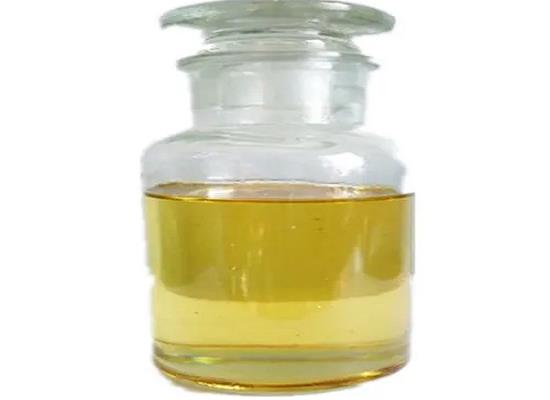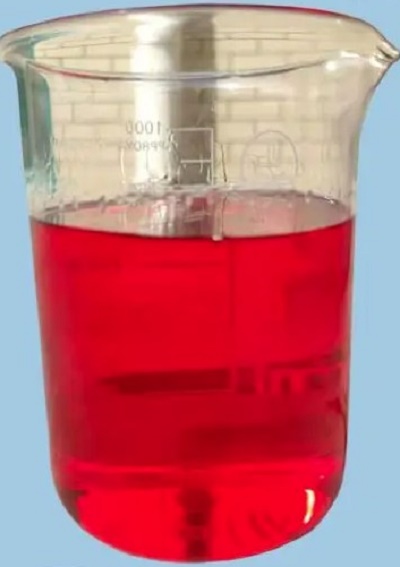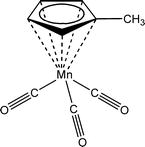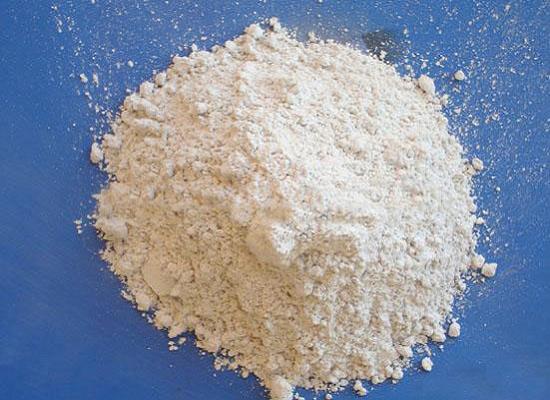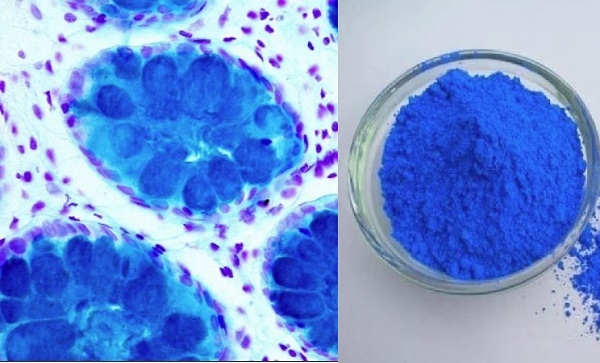Methylcyclopentadienyl manganese tricarbonyl: properties, applications and environmental hazards
General Description
Methylcyclopentadienyl Manganese Tricarbonyl (MMT) is a fuel additive developed in the 1950s, used in various fuels to increase octane levels and improve combustion efficiency. Its physical properties include low vapor pressure, limited water solubility, and rapid decomposition under light exposure. As an anti-knock agent, MMT enhances fuel's octane rating and reduces engine knocking, facilitating cleaner combustion and minimizing emissions. It also improves engine performance by reducing spark plug fouling and valve seat recession. However, concerns exist about manganese particulate emissions and potential impacts on human health and vehicle emission control systems, leading to regulatory restrictions in some countries. Despite its use contributing to environmental benefits by reducing refinery emissions and conserving energy, the combustion of Methylcyclopentadienyl Manganese Tricarbonyl generates inorganic manganese particles that may pose health and environmental risks. Extensive health testing is ongoing to evaluate these risks under regulations like the U.S. Clean Air Act.
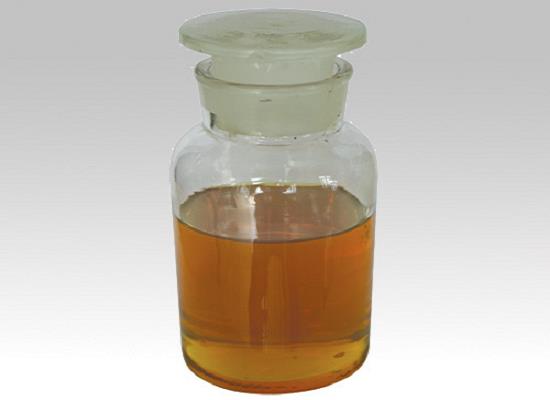
Figure 1. Methylcyclopentadienyl manganese tricarbonyl
Properties
Methylcyclopentadienyl manganese tricarbonyl is a versatile fuel additive that was developed by Ethyl Corporation in the 1950s. It is utilized in various types of fuels, such as leaded and unleaded gasoline, diesel, fuel oil, and turbine fuel, to elevate octane levels and enhance combustion efficiency. MMT is composed of approximately 24.4% manganese and is typically used in unleaded gasoline at concentrations ranging from 5 to 20 ppm. MMT exhibits certain distinctive physical properties. It has a relatively low vapor pressure of 0.05 mm Hg at 70°F and limited solubility in water, about 29 mg/l at 25°C. The log octanol/water coefficient for MMT is 3.7, which suggests that unlike other gasoline octane-boosting additives like methyl tertiary butyl ether (MTBE), it will not separate from gasoline and contaminate groundwater. Furthermore, MMT is light-sensitive and decomposes quickly upon exposure. It has a half-life of less than two minutes, breaking down into manganese oxide and carbonates. This rapid decomposition under light exposure is a significant characteristic of Methylcyclopentadienyl Manganese Tricarbonyl's stability profile. Overall, these properties make MMT a unique and effective fuel additive. 1
Applications
Methylcyclopentadienyl Manganese Tricarbonyl is primarily employed as an anti-knock agent in unleaded gasoline, enhancing fuel's octane rating and reducing engine knocking. It also facilitates cleaner combustion, minimizing tailpipe emissions of carbon monoxide and unburned hydrocarbons. Methylcyclopentadienyl Manganese Tricarbonyl can reduce spark plug fouling and valve seat recession, improving engine performance. However, its use raises concerns about manganese particulate emissions and potential impacts on human health and vehicle emission control systems. Thus, its application is subject to regulatory restrictions in several countries. 2
Environmental hazards
Methylcyclopentadienyl manganese tricarbonyl is a fuel additive used globally in unleaded gasoline. It is utilized to increase octane levels and lower tailpipe emissions of toxic substances such as benzene, formaldehyde, acetaldehyde, NOx, and greenhouse gases. This contributes to environmental benefits by reducing refinery emissions and increasing the yield of gasoline from crude oil, thereby conserving energy. However, the combustion of MMT generates inorganic manganese particles with a mass median aerodynamic diameter (MMAD) of 0.5 – 1.0 Am, which may pose health and environmental risks. An extensive health testing program is underway to evaluate these risks. Under the Clean Air Act (CAA) amendments of 1977, fuels and fuel additives registered in the United States must undergo health testing. This was enforced by the U.S. EPA in 1994 following litigation by an environmental advocacy group. Manufacturers are required to provide information from existing studies and conduct new tests to address health end points. Methylcyclopentadienyl Manganese Tricarbonyl, registered prior to the enforcement of these requirements, can be used while testing is conducted. However, fuels or additives registered after May 27, 1994, cannot be used until health effects testing is completed, ensuring compliance with all testing requirements through Tier 3. 3
Reference
1. Bhuie AK, Ogunseitan OA, White RR, Sain M, Roy DN. Modeling the environmental fate of manganese from methylcyclopentadienyl manganese tricarbonyl in urban landscapes. Sci Total Environ. 2005 Mar 1;339(1-3):167-178.
2. Davis JM. Methylcyclopentadienyl manganese tricarbonyl: health risk uncertainties and research directions. Environ Health Perspect. 1998 Feb;106 Suppl 1(Suppl 1):191-201.
3. Pfeifer GD, Roper JM, Dorman D, Lynam DR. Health and environmental testing of manganese exhaust products from use of methylcyclopentadienyl manganese tricarbonyl in gasoline. Sci Total Environ. 2004 Dec 1;334-335:397-408.
);You may like
Related articles And Qustion
See also
Lastest Price from Methylcyclopentadienyl manganese tricarbonyl manufacturers
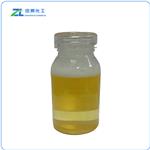
US $50.00/kg2024-05-01
- CAS:
- 12108-13-3
- Min. Order:
- 1kg
- Purity:
- 62%
- Supply Ability:
- 5000kg/Week
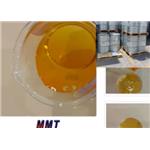
US $30.00-17.00/kg2024-04-30
- CAS:
- 12108-13-3
- Min. Order:
- 1kg
- Purity:
- 62%
- Supply Ability:
- 300tons

